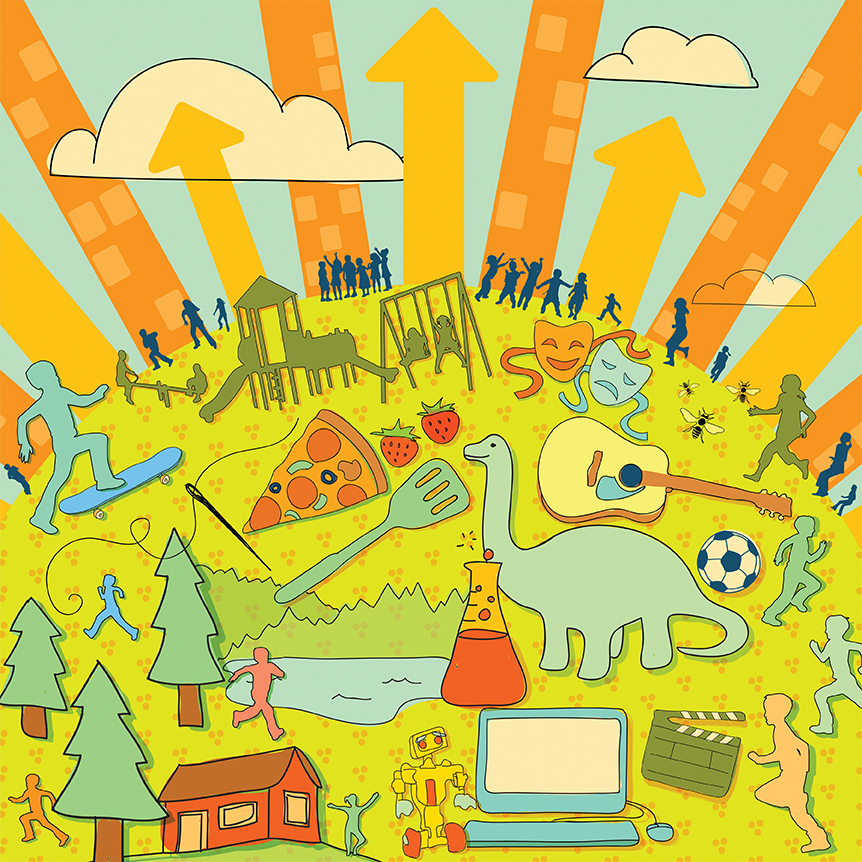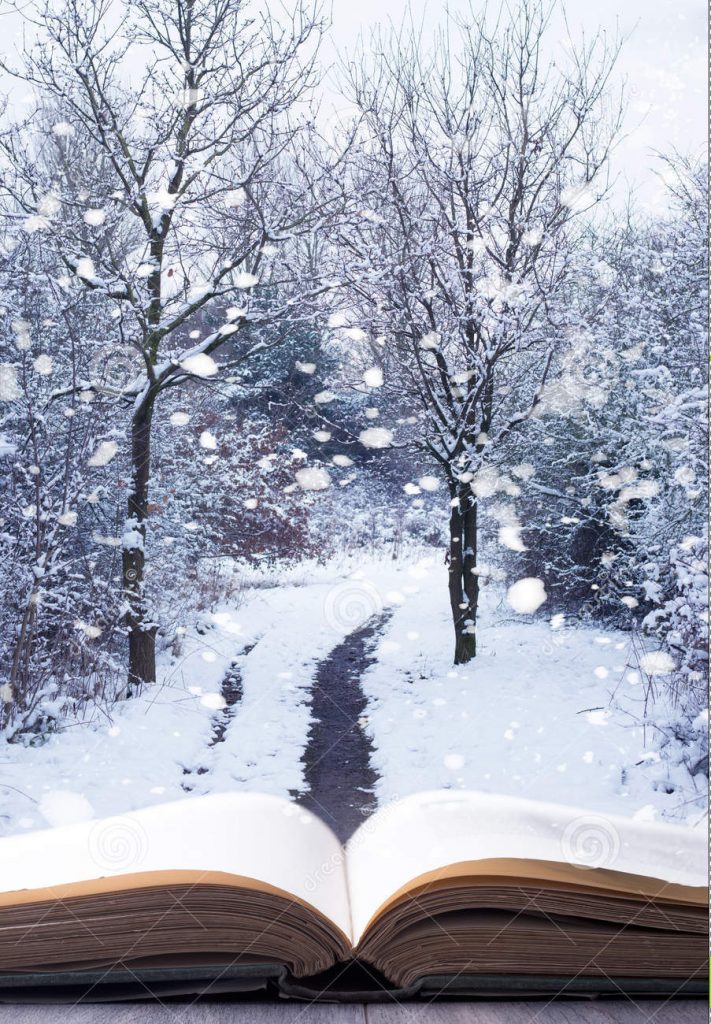
With summer quickly approaching, bringing waves of sunny days and no school, many parents and families look to summer camps to help their kids stay active and make new friends. Luckily for park slope residents, and New Yorkers in general, camp options are countless and provide an array of opportunities for children to cultivate new skills, practice old ones, and foster their curiosity while building meaningful relationships.
Camp is a productive way to engage a child in their interests while also allowing them to unplug from phones and television in favor of connecting in positive social situations. Summer camp can be an incredibly meaningful period of time for some.
Best friends Marissa Roer and Kate Elliot, two Brooklyn residents, frequented camp throughout their childhoods and have maintained a friendship of ten years since first meeting at an arts conservatory camp. “I would endure the year and think about camp,” Marissa mused as Kate laughed. “Summer camp was when I learned about female dynamics. It was a good thing for me to experience while growing up,” Kate added. “I eventually ended up going to high school with two of the girls I bunked with.” Though their days of camp are long over, Marissa and Kate make a point of seeing each other once a week over Saturday yoga and brunch and frequently catch up with other camp peers, one whose wedding they will be attending in the fall of this year.
In the spirit of Marissa and Kate’s friendship, cultivated from years of camp, here is a definitive list of potential summer camps that will make any kid hope this summer really is endless.
For the big thinkers out there, there are plenty of camp options to satisfy even the most curious of minds. Located in Windsor Terrace, The Tiny Scientist summer program offers weekly sessions dedicated to in-depth explorations in topics ranging from chemistry experiments to sports science to the study of dinosaurs. Engineering For Kids is another great option that introduces 4-14 year olds to STEM (Science Technology Engineering and Math) in a hands-on way. Their website offers an easy-to-use class filter so you can sort through their breadth of programs, like scratch programming, electronic game design, 3D printing, and LEGO-based robotics. For ‘girls who wanna have fun’, Curious Jane is a no-brainer and provides girls entering 3rd-6th grades to explore and create among other inquisitive girls. Curious Jane also publishes a quarterly magazine so girls can DIY projects at home—perfect for the girls who couldn’t get enough of the summer program.
For the adventurers itching to get out and let out some energy, SKATEYOGI helps the aspiring shredder learn to skate safely. Programs allow children ages 6-12 to experience skateboarding outdoors in Prospect Park as well as in an air-conditioned, indoor space. Parents are included in the fun and receive daily pictures of skateboarding adventures around the city. Brooklyn Boulders offers summer sessions that teach kids boldness, creativity, strength, and fine motor skills through climbing. The team and instructors behind Brooklyn Boulders are “strong believers that attitude is everything, and believe in the value of failing gracefully”. A Park Slope favorite, Kim’s Kids Club allows children to take everyday adventures in their very own city. Flexible scheduling allows families on a budget or with summer plans to choose a camp experience that works for them. Activities include playground hopping around the city, visiting the Bronx Zoo, and swimming at Riis Beach (accompanied by Kim’s Kids very own lifeguards).
For The Budding Prodigies waiting to unleash their creativity, Gowanus Music Club gives kids the chance to hone their musical abilities by learning to play instruments. Supported by staff who themselves are musicians and the friends they make in their bands, rockers are given the opportunity to play live shows and showcase their talents to family and friends. For more stage opportunities, Brooklyn Acting Lab provides multiple sessions and a “play in a day” program. Each summer BAL also mounts one big musical to be performed at the end of the summer. This summer rising 3rd-8th graders will spend four weeks rehearsing Shrek The Musical Jr. with the session starting July 9 and running through August 3. Automatic Studios offers two different levels of classes for both the amateur filmmaker and the more serious auteur. The weeklong session packs the experience of making a movie into five days of fun and ends with a wrap party to celebrate their accomplishments. The two-week master class boasts a similar model, but offering a bit more time for budding directors to hone their craft through preproduction, shooting, and animation. BKLYN Clay offers affordable classes teaching the basics of hand building and wheel throwing techniques, while students get creative with the clay. At Brooklyn Sewcial kids are given one week to finish a unique project in a small classroom environment that motivates creativity and imagination. Spoke the Hub provides a Camp Gowanee Multi-Arts Summer Program for children ages 7-12 featuring an impressive lineup of master teachers. This summer artists such as Sachiyo Ito, a Japanese dance master and elder, and Iliana Quander, a well-known Brooklyn fashion designer will be joining the ranks of Spoke the Hub.
For The Tiny Chefs who want to take control of what’s on their plate, Food Art For Kids introduces the importance of fresh produce and how to integrate that into a meal. Sessions include weekly visits to Brooklyn Heights’ Green Market where fresh produce is picked out for the cooking projects of the week. Kids engage in cooking healthy meals and on Fridays treat themselves to a homemade pizza party. A farm-to-table summer camp, Butter Beans Kitchen offers wholesome culinary expeditions for children ages 6-10. At Butter Beans Kitchen, kids are given unique opportunities to engage with the environment in the city around them, like farming in urban gardens, beekeeping on rooftops, and catching fish in Central Park. Children make their lunches every day, and learn to cultivate a close relationship between the food they pick and what they will ultimately end up feeding themselves.
The traditional summer camp is usually sleep-away, which, although daunting at first, can be a child’s first steps towards independence and nurturing self-confidence in a safe environment. For those ready to take the plunge and find a home away from home, Windsor Mountain welcomes children into a co-ed, non-competitive sleep-away summer camp in Windsor, New Hampshire. Windsor Mountain’s hallmark is ‘directed free-choice’, which means campers have a say in all the activities they participate in and have staff and counselors at their disposal to help figure out how best to enjoy their summer at the mountain. With amenities like a farm, garden, forest, tree house, and ropes course, boredom is never an option. For those who want to get away but aren’t quite ready to tackle nights away from home, Deer Mountain Day Camp in Rockland County, NY offers day sessions for kids of all age groups with the traditional camp structure. Located on a mountainside next to a spring-fed lake, this 25-acre camp encourages outdoor play and exploration. Stony Creek Farmstead in Walton, NY offers children the opportunity to live on an organic farmstead and interact with animals and the environment in a sustainable, respectful way. The camp is offered in weekly sessions and provides distinctive activities like milking cows, foraging for wild food, and working on art projects.
As a 23-year-old with no children of my own and no real camp experience, I was pretty astounded by the sheer number of camps nestled away in Brooklyn. As a kid my parents would, by default, send me to summer school so I wouldn’t sit alone coloring in the living room for weeks on end. Although summer school held nothing of the richness of camps I’ve come to learn about, it did offer flexibility in electives, so I was lucky enough to be able to choose an area of art I was interested in and also attend a school that had some funding for this. In the first grade I chose to take the drama elective during summer school and although it was the most casual of experiences and I had the smallest of roles, I ended up harboring a secret flame for drama that never quite extinguished. I knew from that point on that I enjoyed theater, but was never given another opportunity to pursue it as I was stacked with my pre-existing extracurricular activities. Many years passed before I performed again.
In middle school it was customary for the 8th graders to put on a play before graduation and that year we put on Fiddler on the Roof Jr. I ultimately got one of the lead roles, and with the ecstasy of real stage time under my belt. I entered high school with a mission. At 3:01 on my first day of 9th grade I rushed to the performing arts center to sign up for auditions for the Theater Conservatory. The small flame that I had kept quietly within myself ended up defining my high school career and, eventually, my college career as well. Then, with a tad more acting knowledge than I had possessed in the first grade, I moved to New York City from my hometown of Los Angeles to pursue a career in acting.
Looking back on the journey that I’ve taken with the greatest passion I have in my life, I wish I had had more time to nurture the love for acting that I had within me.
Camps and summer programs teach leadership, interpersonal skills, courage, and creativity. More than anything, they allow kids to try new things alongside others who may have similar interests and ideas as them. It’s extremely important to encourage interests and hobbies at a young age. These experiences coalesce and inform a person deeply. And who knows? They may just stumble across a spark that fuels them for the rest of their lives! k

